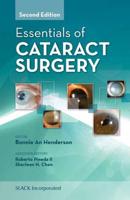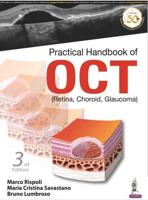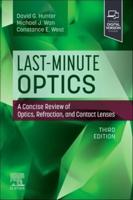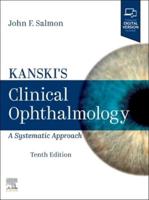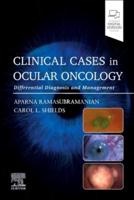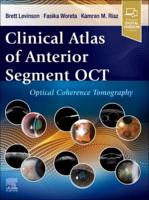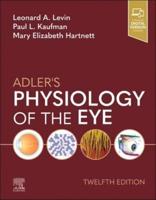Publisher's Synopsis
This book dives into the potential benefits of corneal cross-linking. Keratoconus may be a progressive corneal disease, but recent advancements in diagnostic methods and surgical techniques have improved the ability to detect and treat the condition. Although the disease has a complex inheritance pattern, and environmental factors play a significant role in its progression, corneal cross-linking has emerged as a less invasive alternative to penetrating keratoplasty for treating progressive keratoconus, even in pediatric patients. The treatment halts the progression of keratoconus and may also improve contact lens tolerance. Postoperative corneal topographic changes after corneal cross-linking may positively affect contact lens fitting. Although fitting RGP lenses to individuals with keratoconus becomes more complex and less successful as the severity of the cone develops, specialized designs and more chair time may provide a solution. Early diagnosis is crucial for better outcomes, and identifying early or subclinical keratoconus is essential in screening candidates for refractive corneal surgeries. Overall, with these advancements in detection and treatment, there is hope for individuals with keratoconus to regain their eyesight and improve their quality of life.

